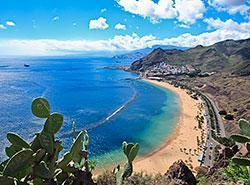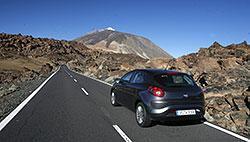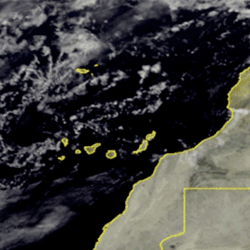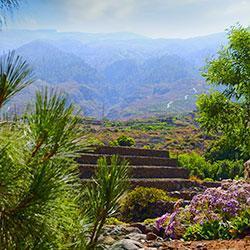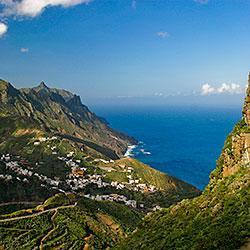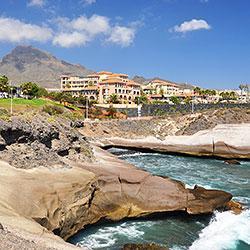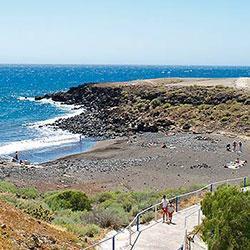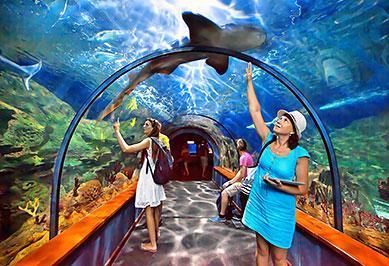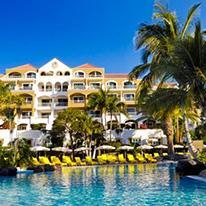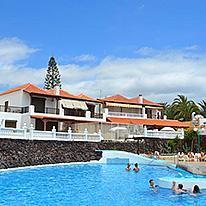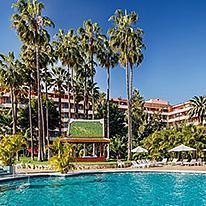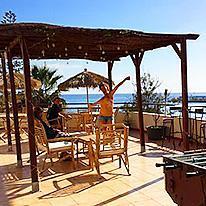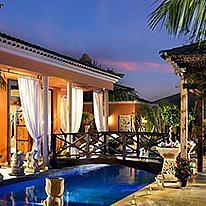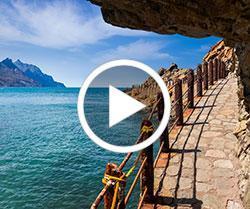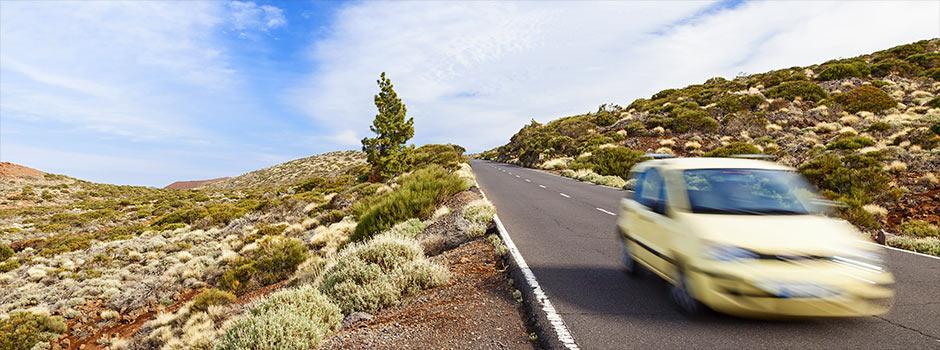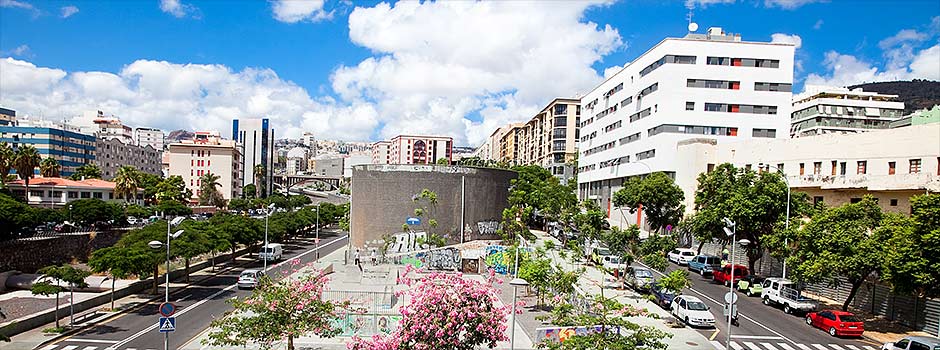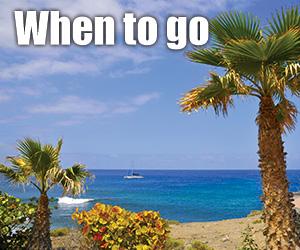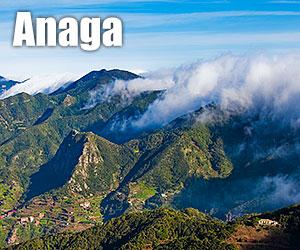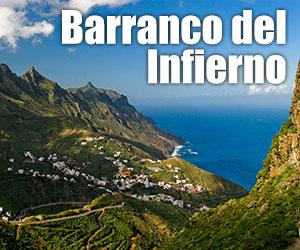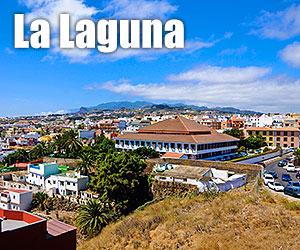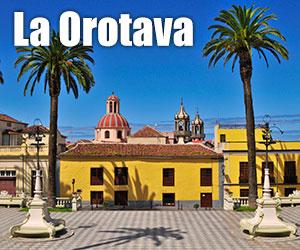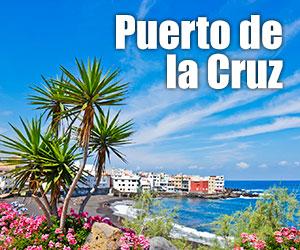The driving laws in the Canary Islands are exactly the same as in all Spanish territory and were updated in May 2010 when new legislation introduced more rules for motorists.
Driving around this lovely island is the best way to take in all the sights, experience the different landscapes, capture the real essence of Tenerife and of course, it is practical, convenient and affordable.
Spain-Tenerife has put together some useful guidelines and tips for holidaymakers who want to hire a car. This is by far the best way to explore the island properly and you will find some great deals on renting a vehicle with Discount Rent A Car.
Let us start with the basics. In Tenerife they drive on the right hand side of the road with the steering wheel on the left of the vehicle (as in most of Europe, except the UK and Cyprus). All passengers must wear seatbelts at all times and children aged 12 and under are not allowed to sit in the front passenger seat (except those over 1.50 metres tall).
Like everywhere, the speed limit depends on what type of road you are travelling on. On motorways, some sections are limited to 110 kph while others are 120 kph. In cities and towns it varies from 40 kph to 60 kph. Of course, motorists should always keep out a watchful eye for speed restrictions, which are clearly marked with road signs.
Tenerife has several speed cameras but not as many as other parts of Europe. The law that allows this equipment to be installed at the side of the road to measure the speed of passing vehicles was only introduced in 2011.
It is illegal to use a mobile telephone or any other electronic or communication device while driving and handling a GPS when the vehicle is moving is also banned. If you need to take or make a telephone call, please remember to pull over safely or simply ignore the call until a more convenient time.
The police will carry out breath tests at random and will give on-the-spot fines to non-residents who are over the limit. New drivers who have only held their licence for two years or under have a limit of 0.1 milligrams of alcohol per millilitre of blood (0.1 per cent), while all other drivers are limited to 0.5 milligrams of alcohol per millilitre (0.5 per cent).
Some people choose to travel around by moped, scooter or motorbike. Helmets must be worn at all times. The same rule applies to cyclists who also have to use lights in the dark.
There is free on-street parking all over the major resorts, as well as clearly signed underground car parks that are quite reasonably priced. Parking on yellow or white lines is forbidden and watch out for blue lines which indicate a restricted parking zone, usually where you are required to pay to park. Disabled car park spaces are plentiful and are clearly marked; people who abuse these areas are fined heavily.
Tenerife has an interesting landscape and fantastic terrain in certain places, making it a pleasure to explore. For instance, the journey to Mount Teide National Park is amazing especially on a clear bright sunny day! It is worth bearing in mind that driving in mountainous areas often means you will come across narrow roads which wind one way then another, hairpin bends and steep slopes. Concentration is of paramount importance.
Do you fancy going for a spin? Feel free to read all about the gorgeous beaches, places of interest and things to do, to give you some ideas on where to take the car. Buckle up and bon voyage...


